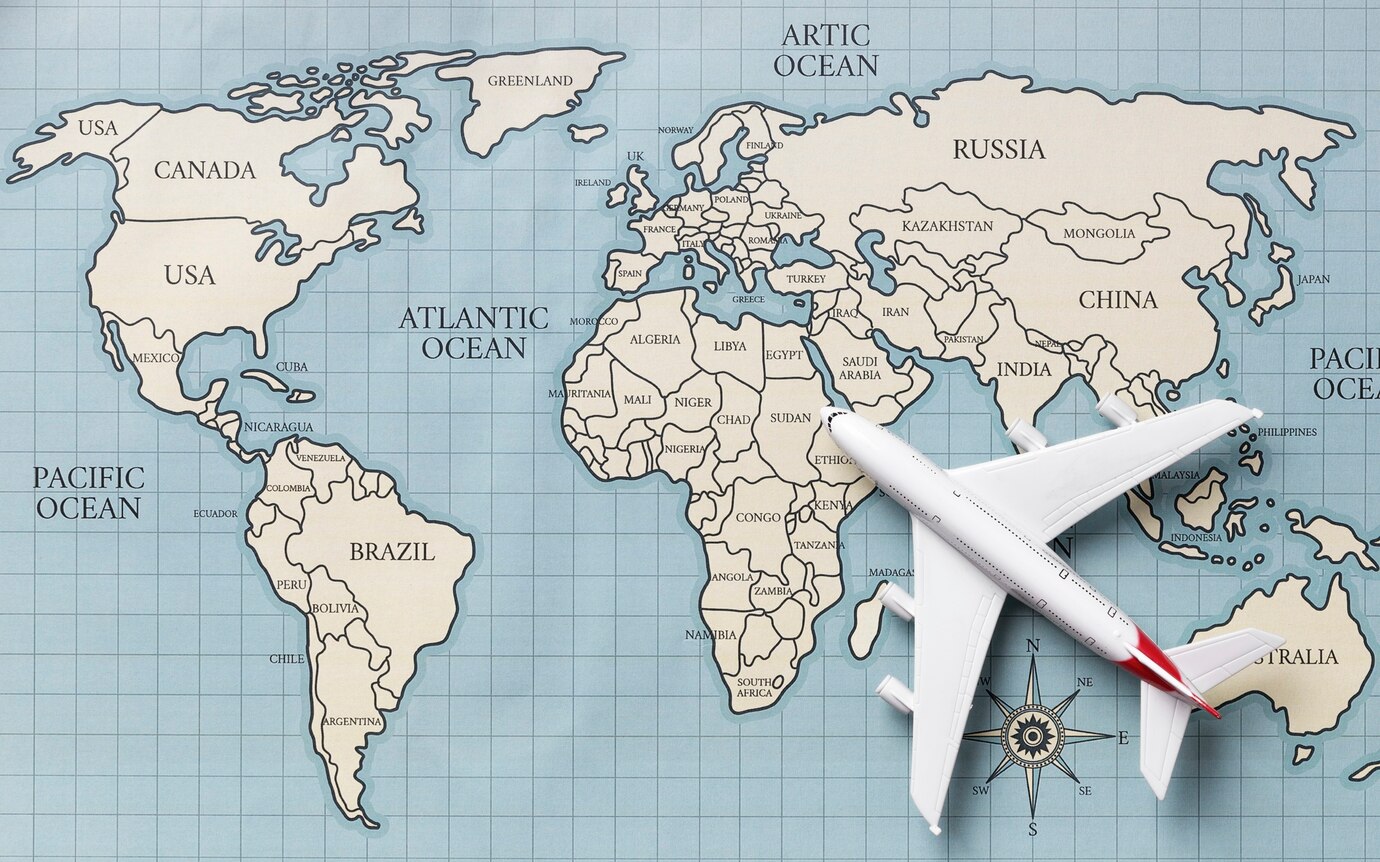The Role of Aeronautical Engineers in Digital Navigation Solutions: Creating Accurate Aviation Charts & Maps
In the modern aviation industry, precision and accuracy in navigation are paramount. Aeronautical engineers play a crucial role in developing and refining digital navigation solutions, ensuring that pilots and air traffic controllers have access to reliable and up-to-date information. One of the most significant contributions of aeronautical engineers in this domain is the creation of accurate aviation charts and maps.
Understanding Digital Navigation Solutions
Digital navigation solutions encompass a range of technologies designed to assist in flight planning, enroute navigation, and landing procedures. These solutions integrate data from multiple sources, including GPS, satellite imagery, and air traffic control systems, to provide comprehensive navigation assistance. The shift from traditional paper-based charts to digital formats has enhanced efficiency, reduced errors, and improved overall flight safety.
The Role of Aeronautical Engineers
Aeronautical engineers contribute to digital navigation solutions in several ways:
1. Data Collection and Integration
Aeronautical engineers gather data from various sources, including aerodrome surveys, satellite imaging, and real-time weather updates. They ensure that this data is accurately processed and integrated into digital navigation systems.
2. Chart Development and Optimization
Aviation charts, including enroute, terminal, and approach charts, must be meticulously designed to meet international aviation standards. Aeronautical engineers utilize Geographic Information Systems (GIS) and advanced software to create precise maps, incorporating airspace structures, terrain elevations, and airport layouts.
3. Compliance with Regulatory Standards
The development of aviation charts must adhere to guidelines set by international aviation authorities such as the International Civil Aviation Organization (ICAO) and the Federal Aviation Administration (FAA). Aeronautical engineers ensure that digital charts comply with these regulations to maintain global aviation safety.
4. Continuous Updating and Maintenance
Airspace structures and navigation aids frequently change due to regulatory updates, infrastructure modifications, and air traffic management needs. Aeronautical engineers are responsible for updating digital charts to reflect these changes, ensuring that pilots have access to the latest navigational information.
5. Enhancing Automation and AI Integration
With advancements in artificial intelligence (AI) and automation, aeronautical engineers are developing smart navigation systems capable of predictive analytics, real-time hazard detection, and route optimization. AI-powered solutions help pilots and flight planners make informed decisions, enhancing operational efficiency and safety.
The Impact on Aviation Safety and Efficiency
Accurate digital navigation solutions significantly reduce the risk of navigational errors, minimizing flight delays and improving fuel efficiency. By providing precise information on air routes, obstacles, and airspace constraints, these solutions contribute to a safer and more efficient global aviation network.
Conclusion
Aeronautical engineers are at the forefront of revolutionizing digital navigation solutions. Through their expertise in data analysis, chart development, regulatory compliance, and AI integration, they ensure that aviation charts and maps remain accurate, up-to-date, and reliable. As technology continues to evolve, the role of aeronautical engineers in digital navigation will only become more critical, paving the way for a smarter and safer aviation future.
.png)






Leave a Comment
Your email address will not be published. Required fields are marked *